Global Business Environment (BM461): Tesco PESTLE Analysis Report
VerifiedAdded on 2022/12/23
|5
|772
|55
Report
AI Summary
This report presents a PESTLE analysis of Tesco, a UK-based company specializing in groceries and merchandise retail. The analysis examines the political, economic, social, technological, legal, and environmental factors impacting Tesco's operations and performance. Political factors include import duties and tax implications; economic factors encompass economic growth and inflation; social factors address consumer demographics and cultural values; technological factors involve innovation and online shopping; legal factors consider consumer and employment laws; and environmental factors focus on sustainability and carbon footprint reduction. The report concludes that understanding these factors is crucial for improving the firm's performance and future direction, providing insights into Tesco's strategic considerations and referencing relevant academic sources to support its findings.
1 out of 5
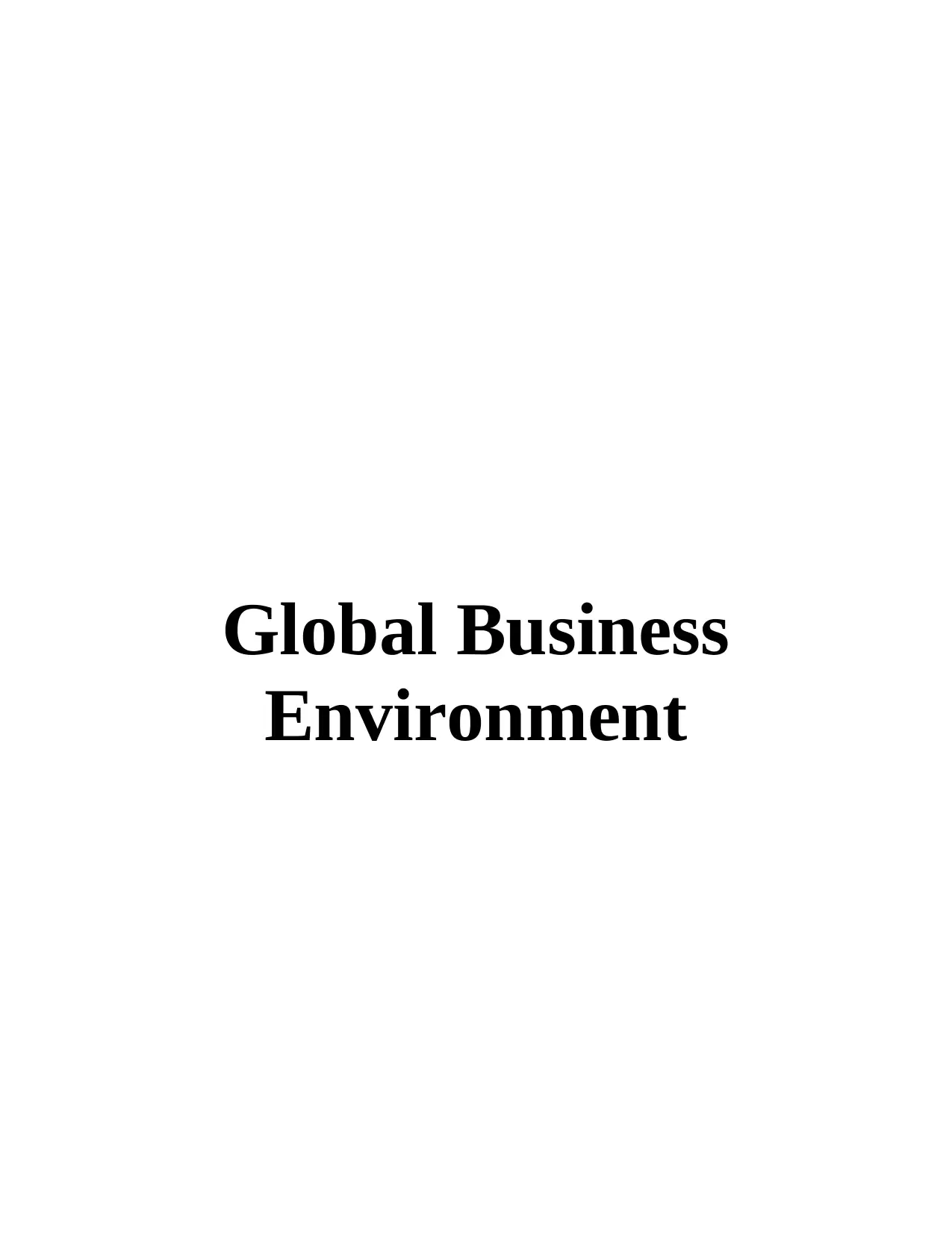
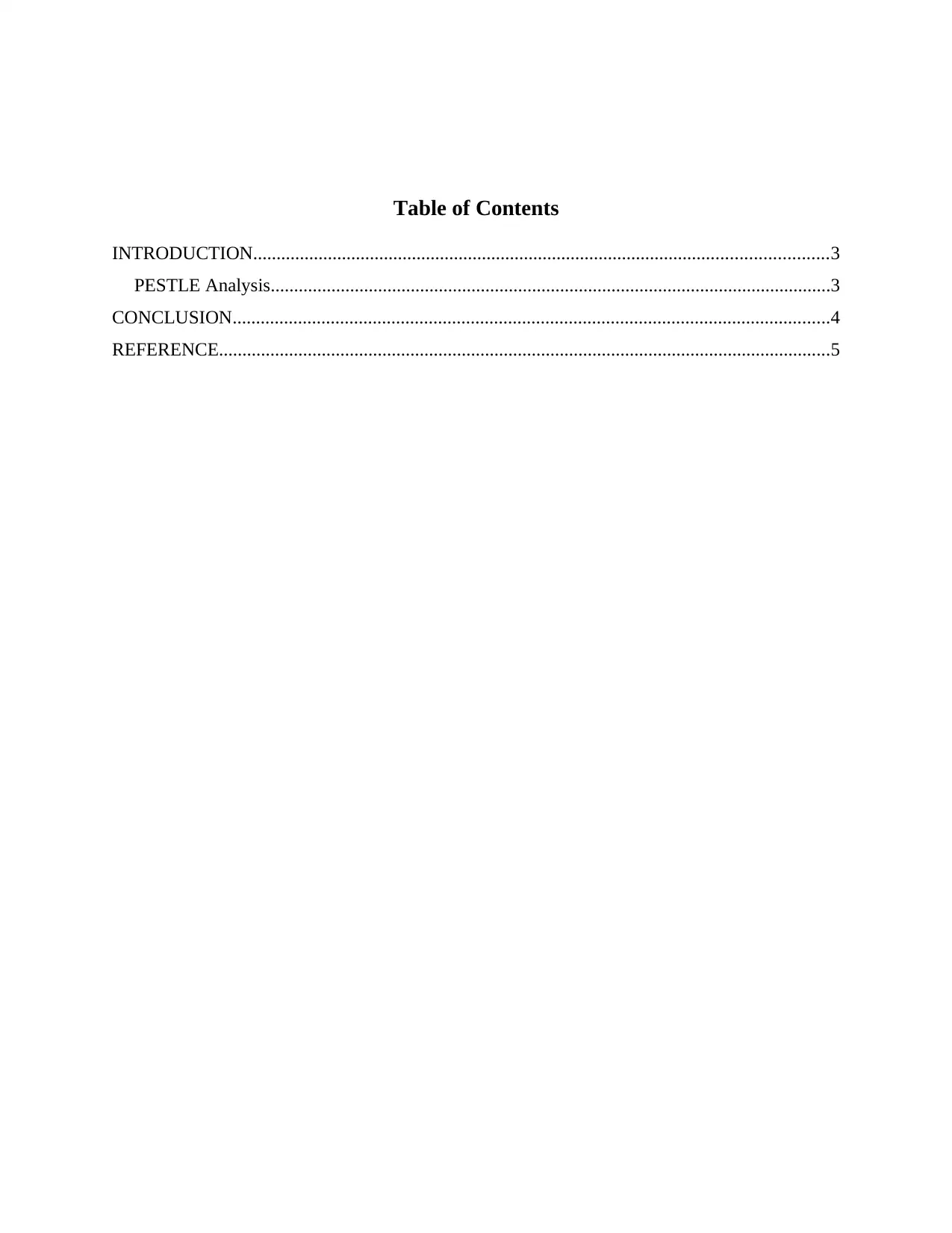
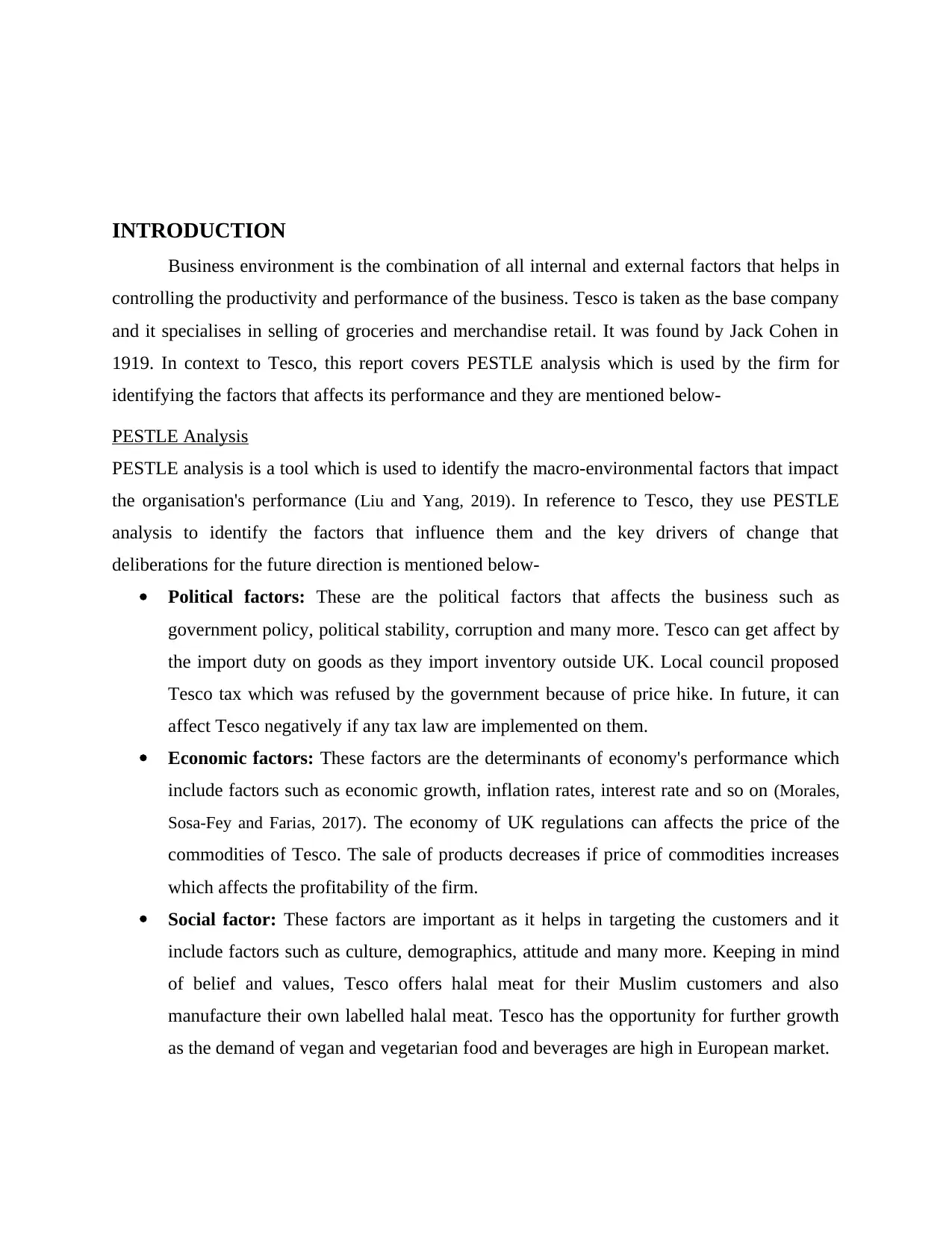

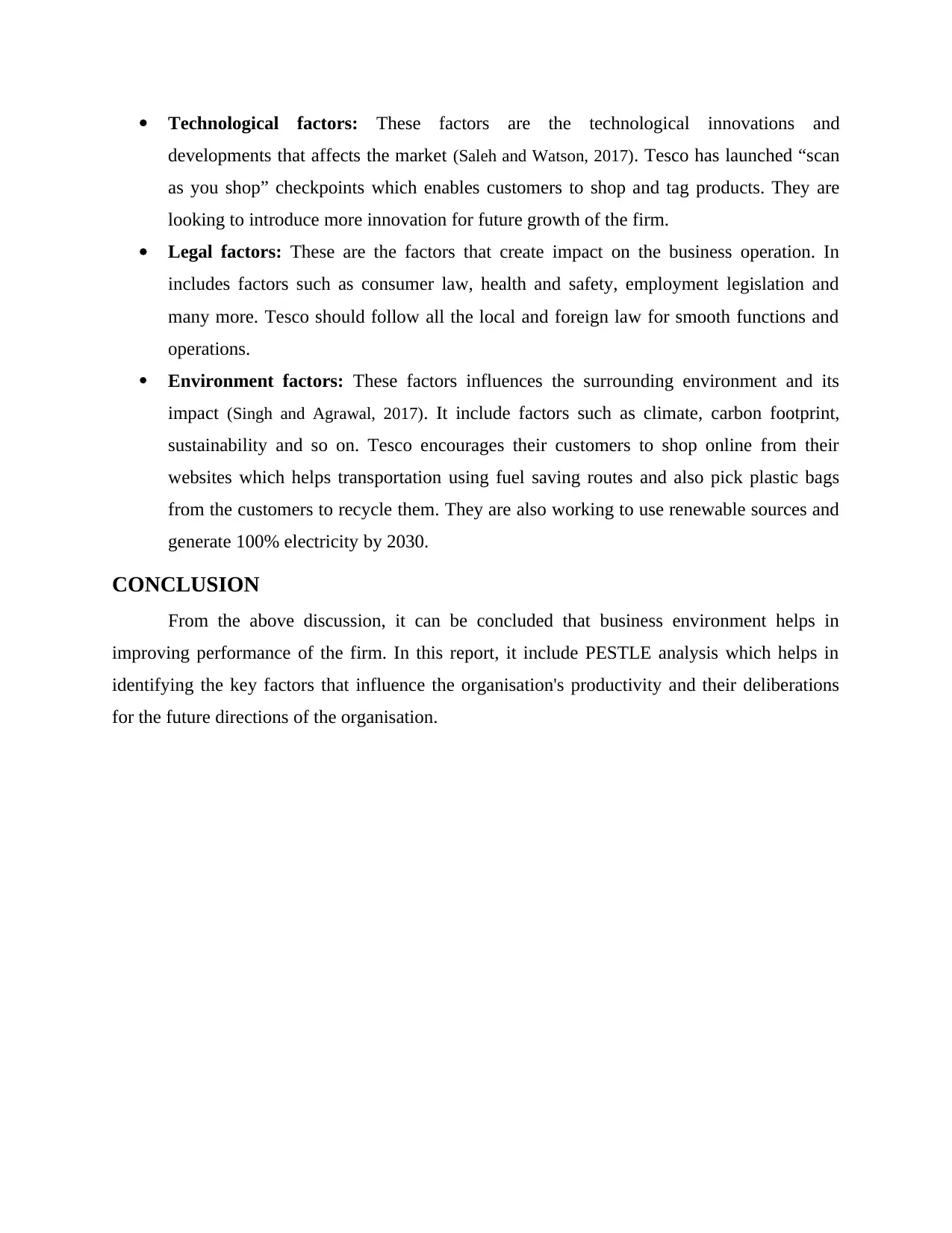
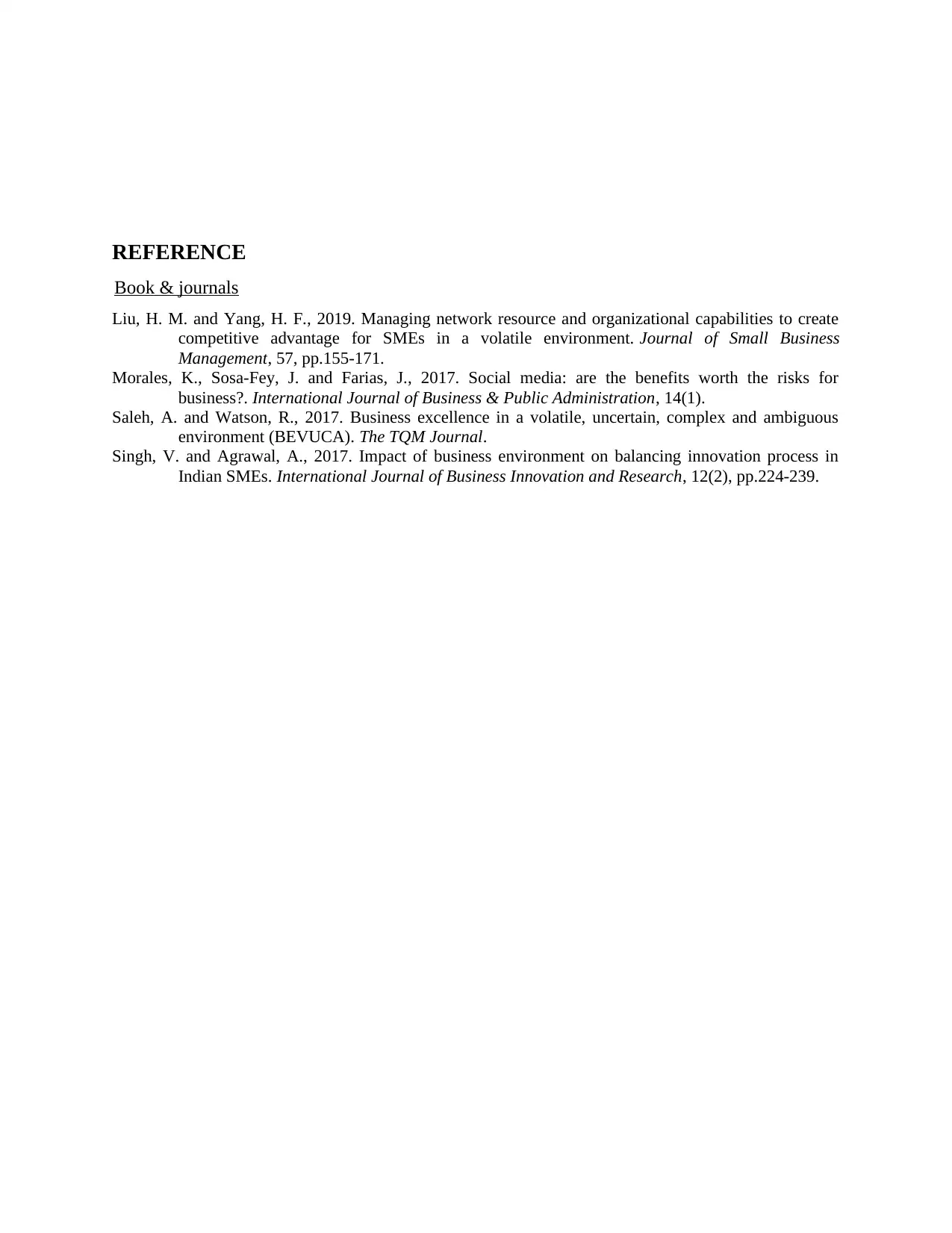






![[object Object]](/_next/static/media/star-bottom.7253800d.svg)